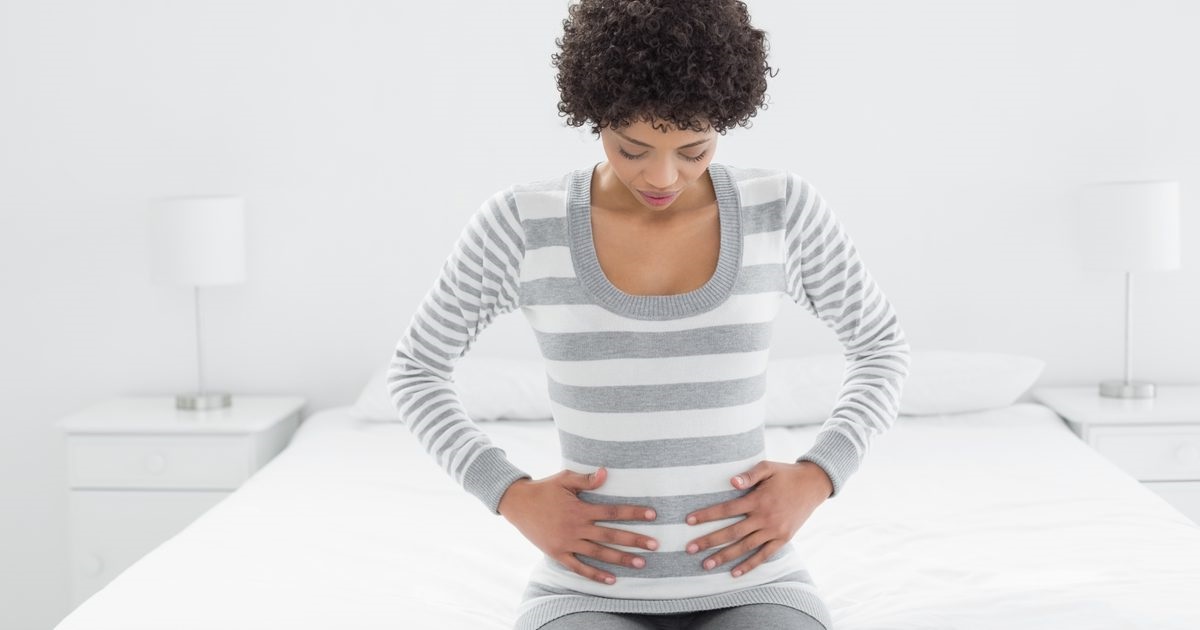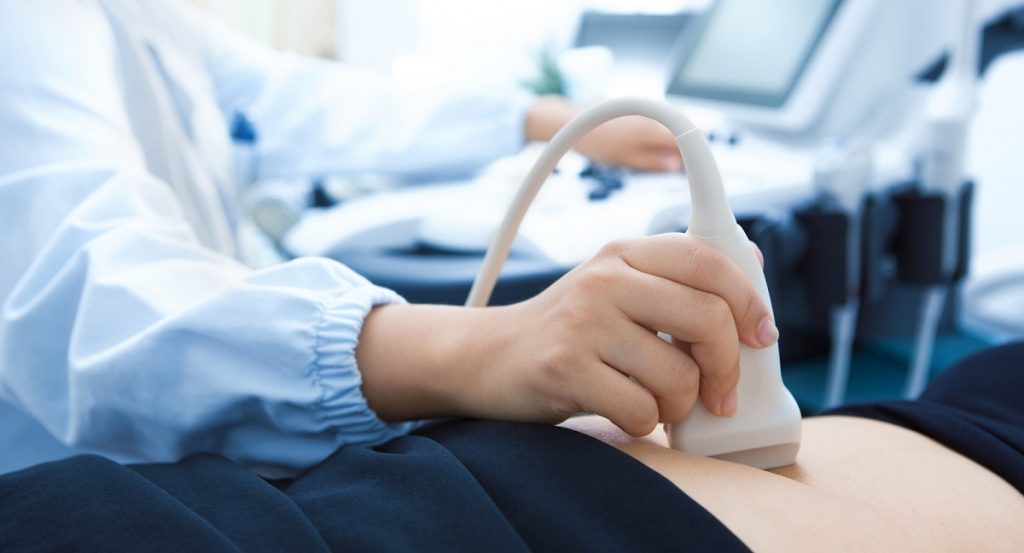Fibroids are a common topic of conversation between a woman and her doctor. After all, researchers estimate that 70 to 80 percent of all women develop fibroids between 35 and 54. However, fibroids can occur in women younger than 35 and until menopause. Some women don’t even experience any symptoms. If you haven’t had that conversation yet, you might be wondering if you are still at risk. You may have even asked yourself: what are fibroids? How do I know if I have them?
The good news is these are easy questions to answer. Usually, your doctor or gynecologist can spot abnormal changes in your uterus’ shape during a routine pelvic exam. In addition, they can use your family history, symptoms, and a variety of non-invasive tests to find out for sure if you have fibroids.
Are Fibroids Serious?
What are fibroids and are they serious? Simply put, they are tumors that develop from the muscle tissue of the uterus. They are the most common tumor in the female reproductive system. Researchers are not quite sure yet what causes fibroids. Depending on your situation and potential symptoms, you may have one or several. The most important characteristic of fibroids is that they’re almost always benign, or non-cancerous. With that said, they could all differ in size and either stay that way or grow at different rates.
Why Do Fibroids Get Bigger?
Several factors cause fibroids to grow, including hormones, birth control pills, and foods like processed meat, salty foods, and high-fat dairy products. Perhaps the most significant of these factors are hormones. According to the Office on Women’s Health, estrogen and progesterone stimulate the development of the uterine lining during each menstrual cycle in preparation for pregnancy. This causes fibroids to swell. Uterine fibroids tend to shrink during menopause, a period during which hormone levels are much lower.
What Are the Symptoms?
Many women don’t experience symptoms. However, that doesn’t mean they won’t eventually. Fibroid symptoms can include:
- Excessive menstrual bleeding or spotting
- Periods that last longer than a week
- Bloating
- Weight gain in the abdomen, giving an appearance of normal belly fat
- Constipation, bladder control issues
- Anemia
- Difficulty lying face down, bending over or exercising without discomfort
- Dull, chronic pelvic pressure and pain
What Does Fibroid Pain Feel Like?

If fibroids get too large, you may have painful and debilitating symptoms that can make your daily activities difficult. Fibroid pain can include:
- Pelvic pain and pressure, like fullness or bloating
- Pain radiating to the lower back, hip, buttock, thigh, or down the leg
- Painful sex
- Discomfort in the rectum
Subserosal uterine fibroids, which grow on the outside of the uterus, can cause back and leg pain. A large fibroid pressing on the pelvic nerve can cause pain that may radiate to the lower back, hip, buttock, thigh, or down the leg. A fibroid pressing against the sciatic nerve can send pain down the back of the legs, making it difficult to stand for long periods.
How Do I Know If I Have Fibroids?
Still wondering what are fibroids but also how do you know if you have them? Fibroids are so common that if you have several fibroid symptoms like the ones mentioned above, your chance of having one or more uterine fibroids is high. To know for absolute certain, your doctor or gynecologist will conduct a few tests to find out. Below are three of the more common options:
- Physical exam — Fibroids often cause the uterus to become larger, which means a doctor can typically notice if your uterus is enlarged during a routine pelvic exam where they will gently press on your pelvis with their hands and explore the region. Depending on your situation, they might even be able to feel the fibroids. Of course, your doctor will gladly explain in more detail to answer any additional questions you have in terms of what are fibroids?
- Ultrasound — An easy way to look for fibroids is with a pelvic ultrasound, which is why it’s usually the very next step after a pelvic exam. With this form of imaging, which uses sound waves to take a picture of your uterus either by moving a device across your abdomen or inserting it into your vagina, your doctor can determine if you have fibroids and show you the size of each one.
- MRI — An MRI is the best imaging technique because it provides the most information, and it is usually called on if the ultrasound didn’t provide enough information. An MRI shows fibroids that are not visible on ultrasound and the most detail in the size and position of the fibroids. It can also show other potential sources of your symptoms and give the doctor a better idea of which treatment is best.

What Is The Best Treatment for Fibroids?
There are a variety of treatment options for fibroids. The trick is determining which one is best for you.
- Medications — They can help with some of your symptoms but won’t get rid of your fibroids.
- Endometrial ablation — This technique removes the inside lining of the uterus to reduce heavy bleeding. However, it is not a good option if you want to get pregnant in the future. It also won’t shrink fibroids.
- MR-Guided ultrasound — An ultrasound beam is focused on a fibroid to break it down.
- Uterine Fibroid Embolization (UFE) — Minimally-invasive procedure that cuts off blood flow to all fibroids, causing them to shrink. UFE is a low risk, no incision, faster than some of the other options and an alternative to surgery.
- Myomectomy — Another surgical procedure to remove fibroids without taking out the uterus.
- Acessa — A small probe is placed into a fibroid and heated up to destroy the fibroid. This procedure is useful for patients who only have a few fibroids.
- Hysterectomy — An invasive procedure to remove the uterus, which also removes all fibroids. There are different types of hysterectomies that your doctor can discuss with you.
Get a FREE Phone Screening with Fibroid Institute Dallas
Uterine fibroids can cause painful and life-altering symptoms for many women, especially as they get larger and put more pressure on your uterus. While a hysterectomy used to be the best answer to improve a woman’s quality of life, it’s no longer the only option. At Fibroid Institute Dallas, we don’t believe you need to decide between suffering in silence or having a hysterectomy. That is why we are dedicated to treating fibroids using Uterine Fibroid Embolization (UFE), the gold standard in non-surgical fibroid treatment.
Do you have questions about your fibroid symptoms or risk for fibroids, including ”what are fibroids and how do I know if I have them?” Schedule a telehealth consult and/or an in-office appointment to learn more. In addition, Fibroid Institute offers a free phone screening to determine if you are eligible for UFE. Dr. Suzanne Slonim is voted a top doctor for women in North Texas and the leader in UFE fibroid treatment without surgery. To learn more about the revolutionary, non-surgical, fibroid treatment, Uterine Fibroid Embolization (UFE), call 214-838-6440.
Free Phone Screening
Fibroid Institute Dallas serves the DFW area including Duncanville, Cedar Hill, Lancaster, Grand Prairie, Arlington, Hutchins, Irving, Highland Park, University Park, Park Cities, Addison, Carrollton, Plano, Allen, Dallas, DeSoto, Cockrell Hill, Garland, Mesquite, Richardson and all of North Texas.
Prior to starting any new treatment or questions regarding a medical condition, always seek the advice of your doctor or other qualified health provider. This information is not a substitute for professional medical advice.

